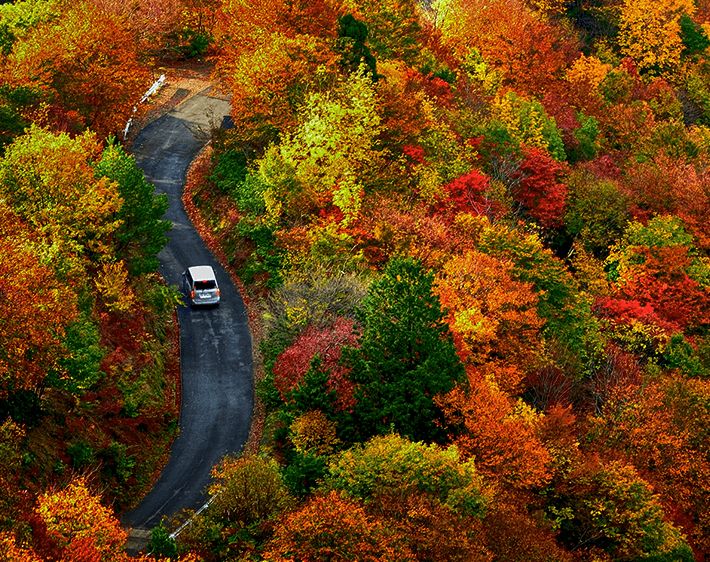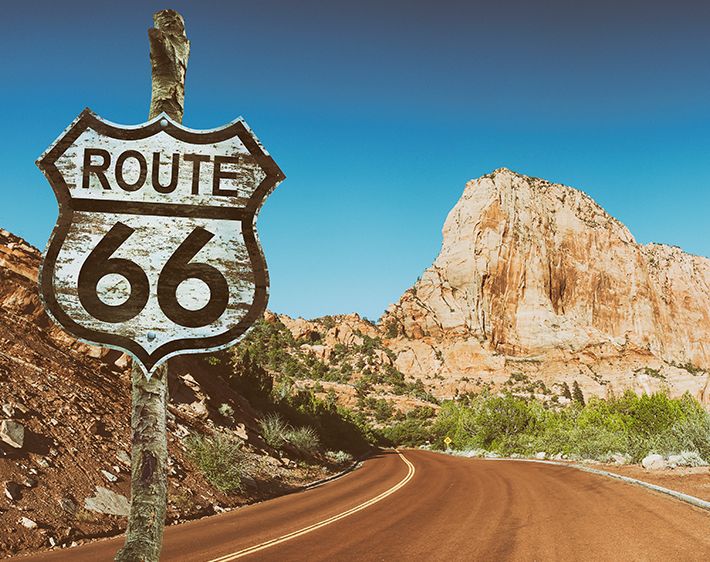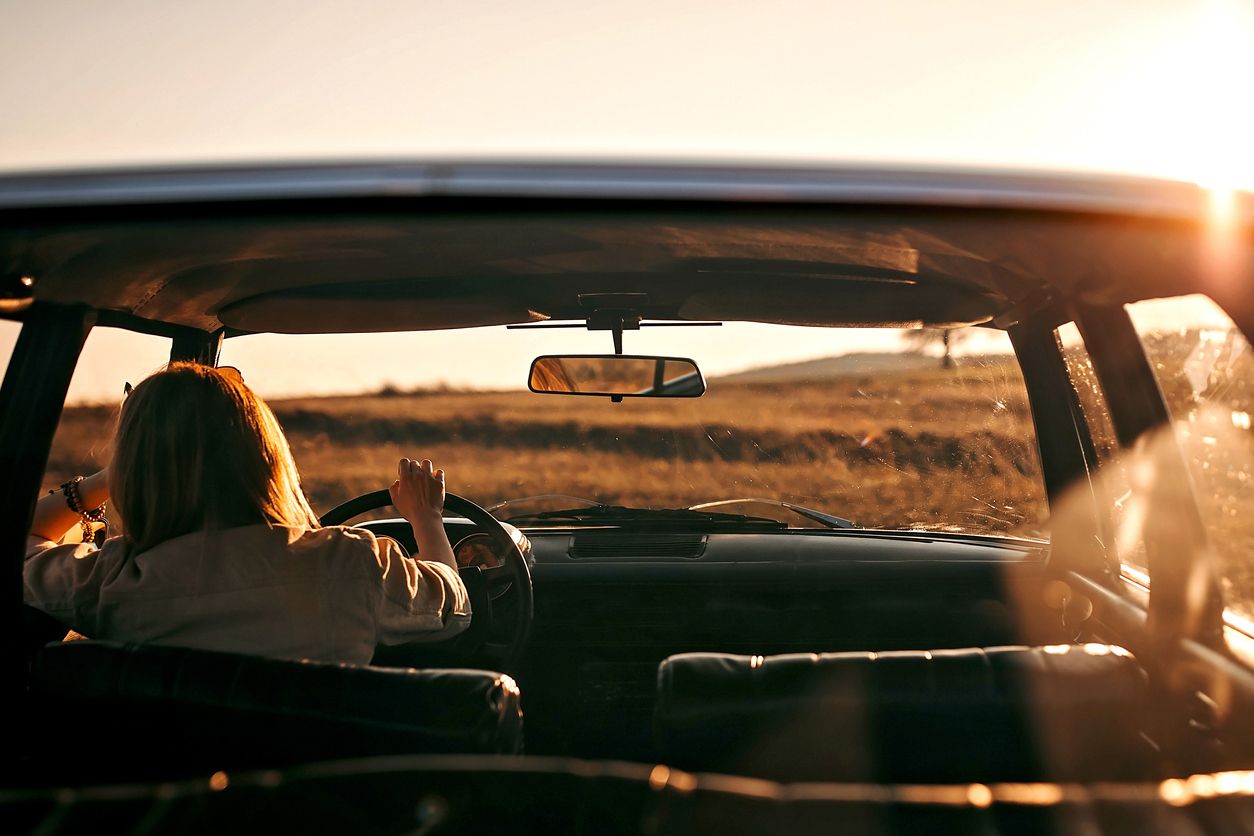The sight of a grazing deer outside your car window can be a charming thing to see–until one of them crosses your path. About one million deer-related collisions are reported every year, the great majority of them happening during the fall mating season. In fact, most deer-car crashes occur in November than in any other month. So, it’s in your best interest to be hypervigilant behind the wheel. Firestone Complete Auto Care always wants to keep you safe on the road, so buckle up and take a look at what you need to know.
It’s about time.
Deer are most active in the early morning hours and at dusk–the same times that can also obstruct your view of the road. Reduce your speed during these hours and use your headlights which can reflect the eyes of a deer that might be hidden in a wooded area.
Leader of the Pack
Where’s there’s a deer, chances are good there’s another deer. Deer are pack animals and prefer to travel in groups. If you spot one near the side of the road or trying to cross, slow down and look for others that may be bringing up the rear.
The signs are there.
Deer crossing signs aren’t there for decoration. They’re erected in areas that are known for having a high level of deer activity. So when you see one, pay attention to it–as well as the road ahead.
Middle of the Road
On a multi-lane road or highway, keep to the center lane or the lane furthest from the shoulder, traffic permitting. Deer will be less likely to be startled and dart out in traffic, and you’ll have more time to react if one does.
Make some noise.
While bumper-mounted deer whistles haven’t been proven to reduce your chances of a deer collision, a well-timed horn blast might help scare them away and keep you out of harm’s way.
Keep calm and brake on.
While your natural reaction might be to swerve to avoid hitting a deer, doing so could actually cause more harm–steering you into oncoming traffic or causing you to lose control of your car. If you spot a deer, remain calm and brake firmly, doing your best to stay in your lane.
Even with the most strident safety precautions, you could still end up on the wrong side of a deer encounter. If a collision does occur, pull over as soon as it’s safe to do so and turn on your hazards. DO NOT attempt to help or move the deer–if injured, it will be scared and confused, and could inadvertently hurt you. Instead, call the police or local authorities who will be able to help you and tend to the animal.



